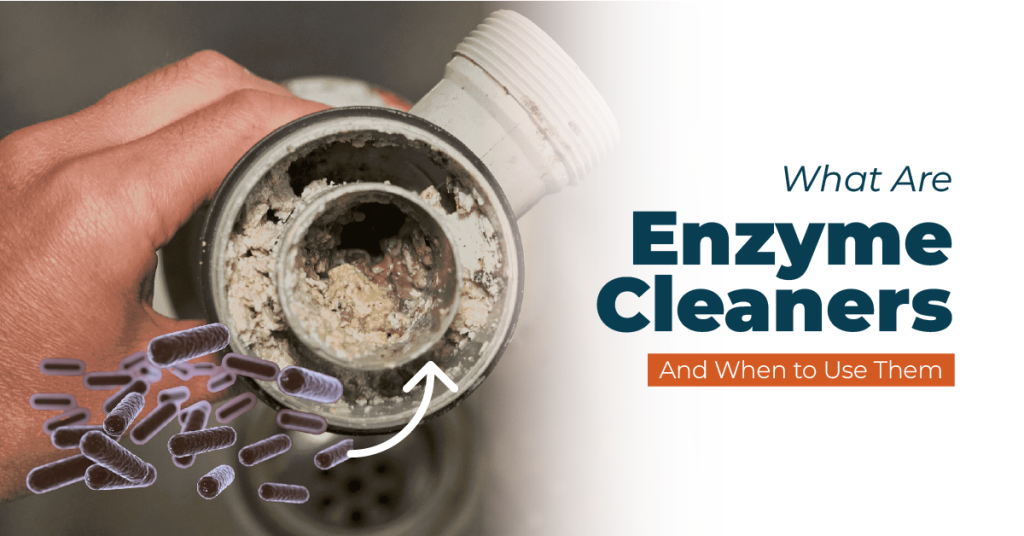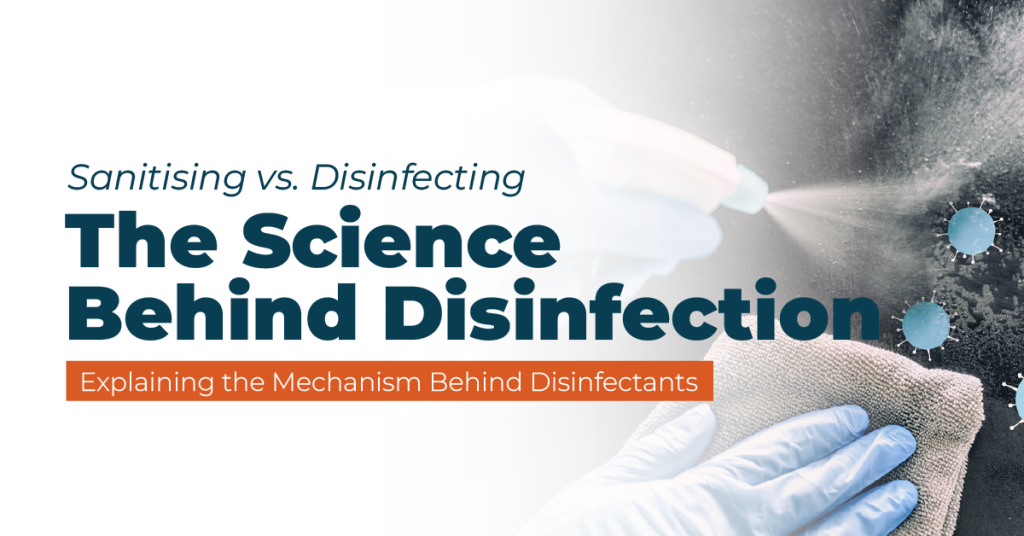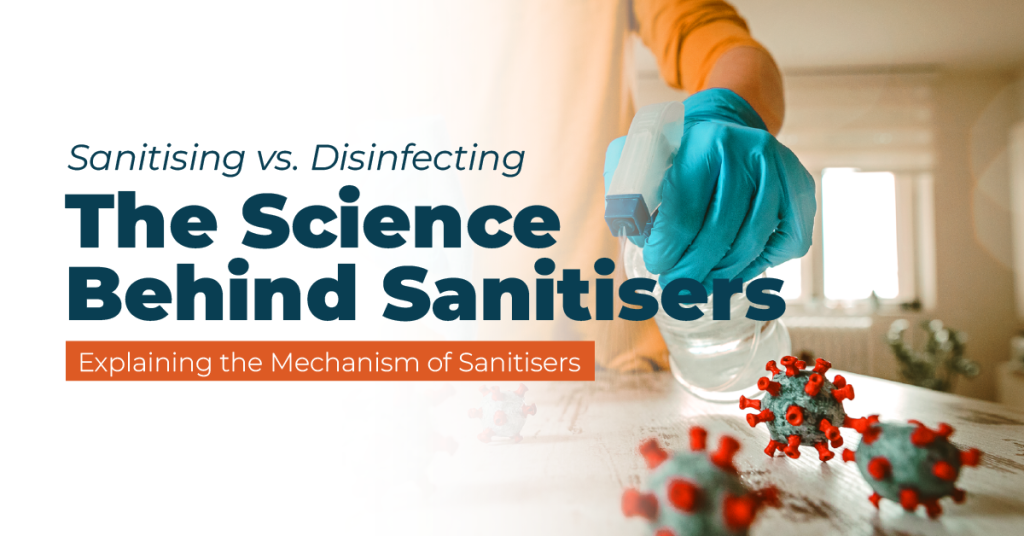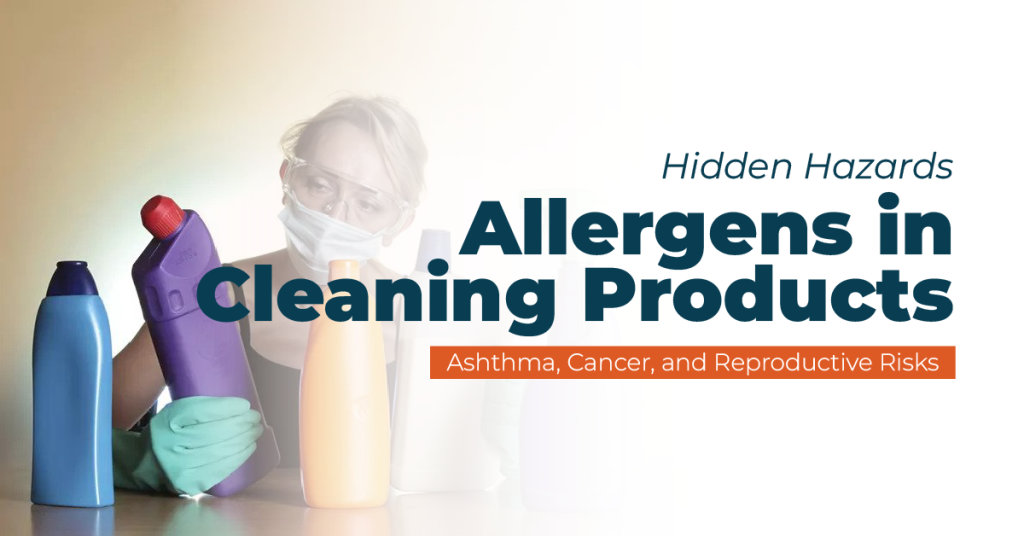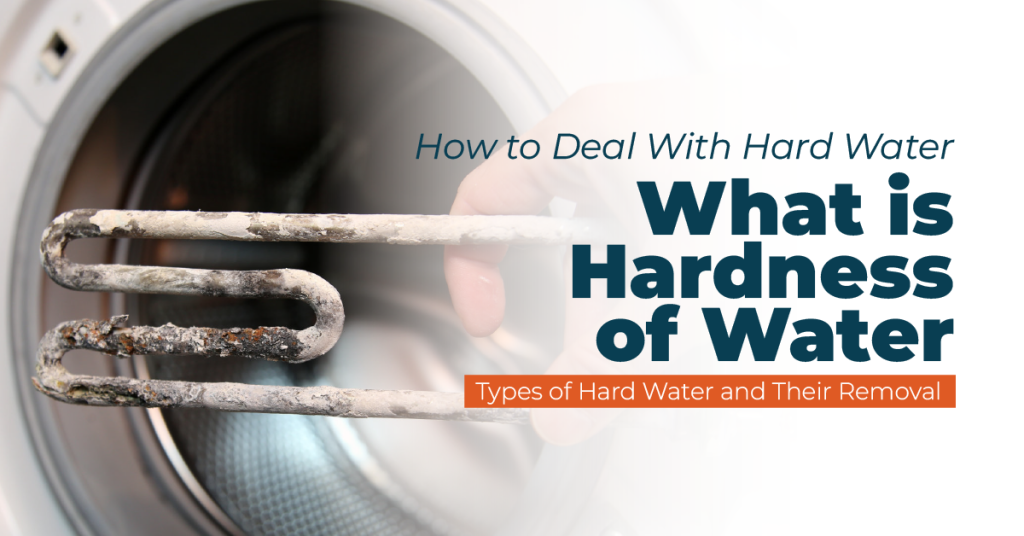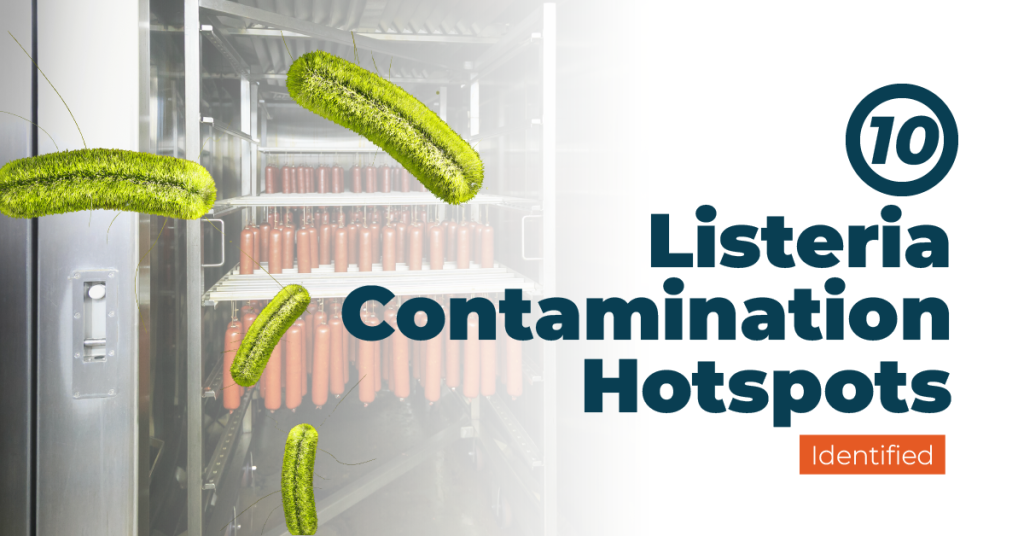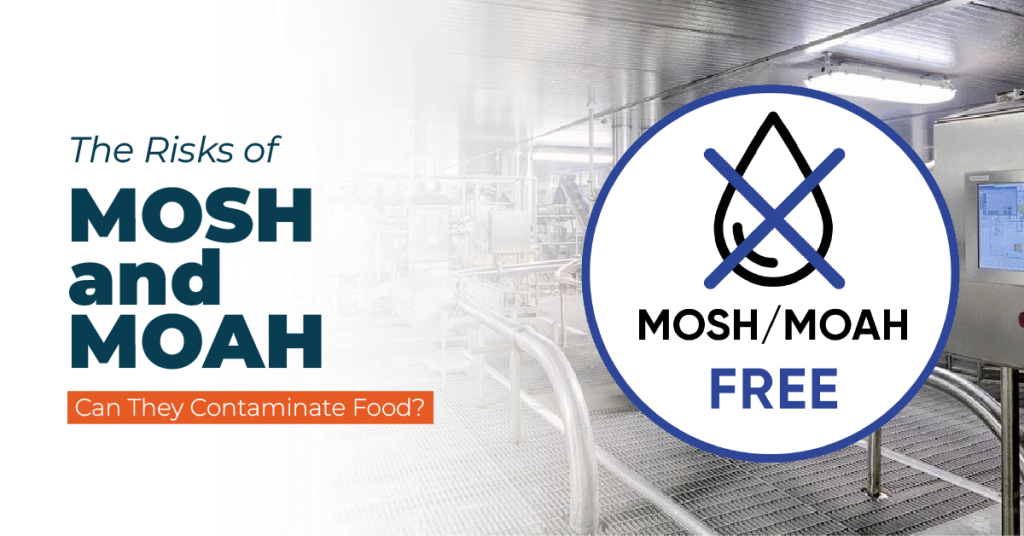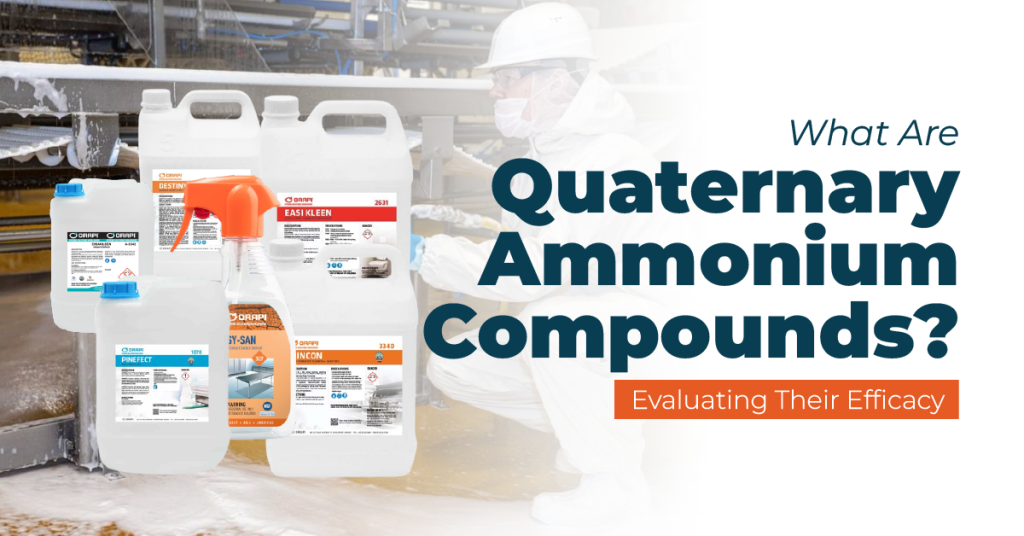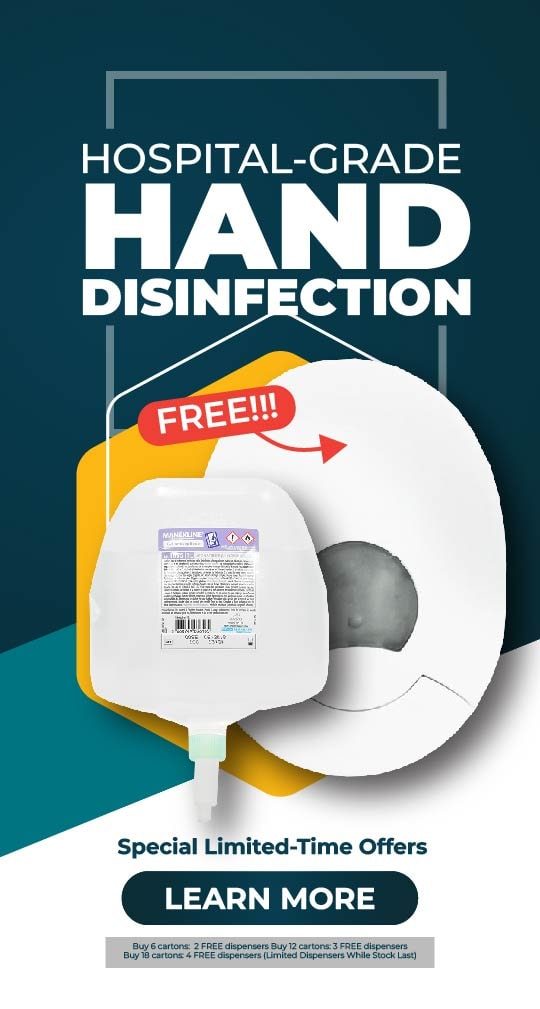
What Are Grease Traps for Commercial Kitchens and How to Clean Them
As global awareness of environmental concerns continues to grow, examining your FOG (Fats, Oils, and Grease) management presently can be a prudent investment, safeguarding your business against anticipated, increasingly stringent global legislation in the future. Grease traps are the central collection point for all fats, oils, and grease (FOGs). Neglecting their cleaning not only exposes you to regulatory consequences but also subjects you to substantial fines. This article covers everything related to grease traps for commercial kitchens: definition, types, and

